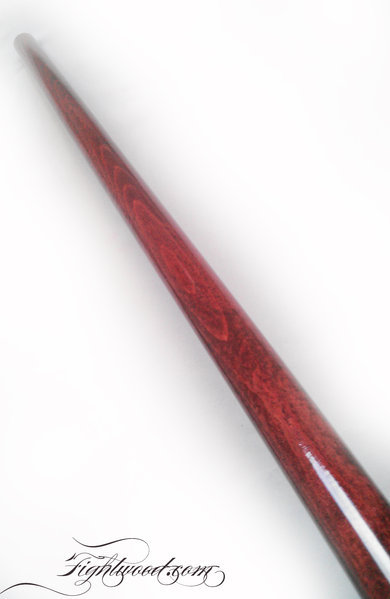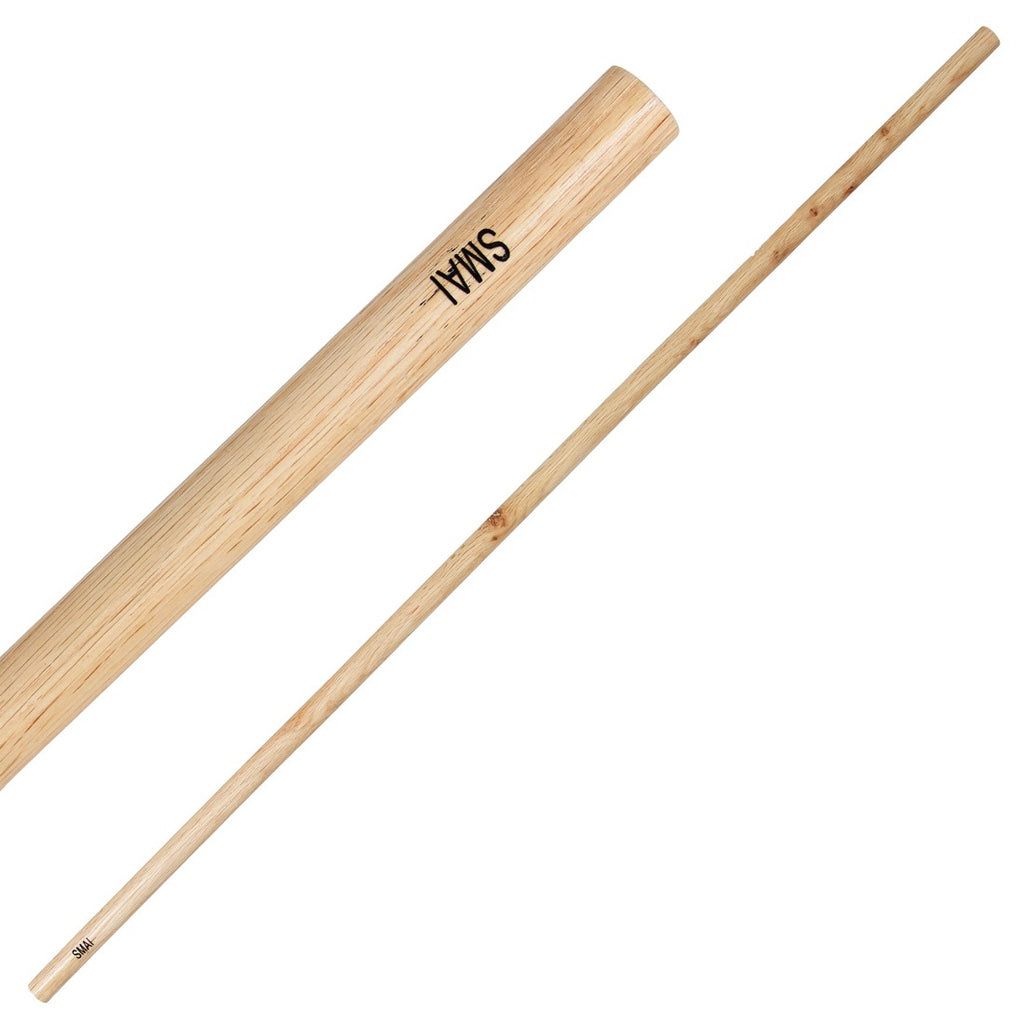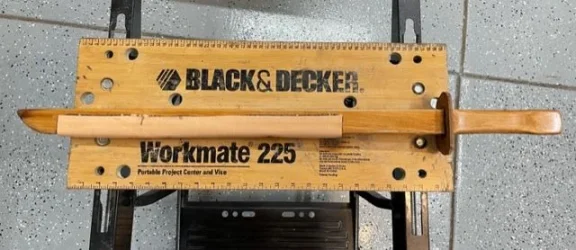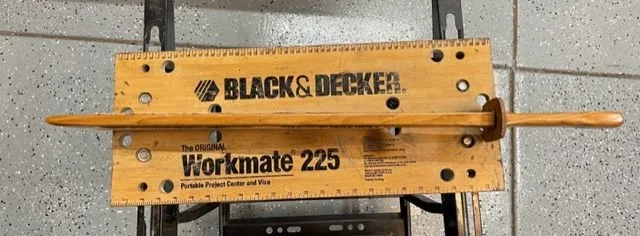Hey folks, I'm new here so apologies If I make any mistakes! I just cannot find the information I am looking for, so I thought I'd ask here.
I have basic wood working skills (Thanks, dad!) and I want to try to make a practice sword. It seems most of the wooden practice swords in the west are made from hickory, but most of the eastern swords are made from steamed beech. I can find information on hickory but I can not find anything about steamed beech.
So, about steamed beech, and as I understand it, steaming the wood allows you to bend and shape it. But does steaming do anything to increase it's strength, or resilience? A number of martial arts swords and spears are made from Steamed Beech, but I can't find any information for why exactly.
Can anyone enlighten me? Thanks so much !
I have basic wood working skills (Thanks, dad!) and I want to try to make a practice sword. It seems most of the wooden practice swords in the west are made from hickory, but most of the eastern swords are made from steamed beech. I can find information on hickory but I can not find anything about steamed beech.
So, about steamed beech, and as I understand it, steaming the wood allows you to bend and shape it. But does steaming do anything to increase it's strength, or resilience? A number of martial arts swords and spears are made from Steamed Beech, but I can't find any information for why exactly.
Can anyone enlighten me? Thanks so much !





